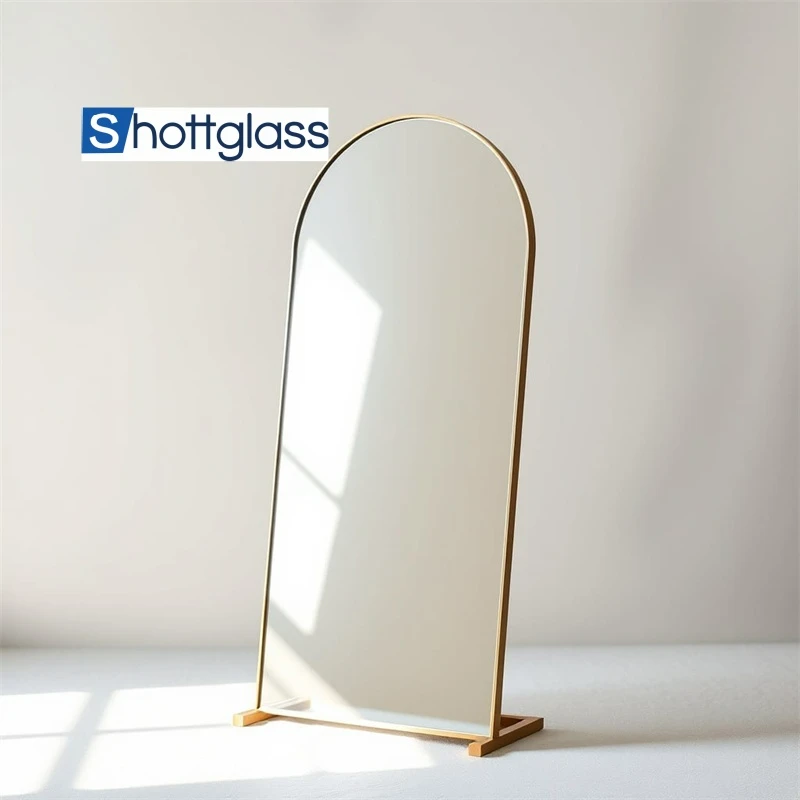Sep . 24, 2024 06:09 Back to list
Creating Effective Solutions for Glass Etching Baths and Techniques
Exploring the World of Glass Etch Bath A Comprehensive Guide
Glass etching has emerged as a popular method for adding intricate designs to glass surfaces. One of the most effective techniques in this process is the use of a glass etch bath, which allows for the creation of detailed patterns and textures on glass items. This article explores the concept of glass etch baths, their composition, application, and benefits.
What is a Glass Etch Bath?
A glass etch bath is a solution used to etch glass surfaces. Typically, this bath consists of a mixture of hydrofluoric acid and water, which produces a chemical reaction that effectively softens the glass surface, creating a frosted appearance. When glass is submerged in this etching solution, the acid reacts with the silica in the glass, leading to the removal of material and resulting in a textured finish.
Composition of an Etch Bath
The key ingredient in any glass etch bath is hydrofluoric acid (HF), known for its ability to dissolve silica, the primary component of glass. The etch bath might also include other materials to enhance the effectiveness or manage the etching process. Common additives include surfactants or other solvents that can help spread the acid evenly across the glass surface. Proper safety measures are essential when handling these chemicals due to their corrosive and toxic nature.
Application Process
Using a glass etch bath involves several steps. First, the glass item to be etched is thoroughly cleaned and dried to remove any dust or oils that could interfere with the etching process. Next, the glass is submerged into the pre-prepared etch bath for a specific duration, which depends on the desired level of etching and the concentration of the acid used.
glass etch bath

After the etching duration is complete, the glass is carefully removed from the bath and rinsed thoroughly to stop the chemical reaction. It is crucial to neutralize the leftover acid to prevent further etching or damage. This can be accomplished by rinsing the glass in a baking soda solution.
Benefits of Using a Glass Etch Bath
The primary advantage of a glass etch bath is its ability to create intricate and uniform designs on the glass surface. Unlike other etching techniques, such as sandblasting or laser etching, the bath method offers a smoother finish and is ideal for large-scale projects or production runs.
Additionally, this technique allows for the possibility of achieving varying depths of etching simply by adjusting the time the glass remains in the etch bath. This versatility can be particularly beneficial for artists and manufacturers looking for precise control over their designs.
Safety Considerations
While effective, using a glass etch bath demands strict adherence to safety precautions. Hydrofluoric acid is highly toxic and can cause severe burns. Therefore, wearing appropriate personal protective equipment (PPE), including gloves, goggles, and protective clothing, is essential. Proper ventilation should also be ensured to avoid inhalation of fumes.
Conclusion
In summary, the glass etch bath is a powerful tool for achieving beautiful, frosted designs on glass items. By understanding its composition, application process, and associated safety measures, artists and artisans can harness this technique to enhance their creations. Whether for artistic expression or commercial purposes, glass etching remains a captivating intersection of chemistry and creativity.
-
Sustainable Practices in a Modern Coated Glass Factory
NewsAug.07,2025
-
Insulated Glass Unit Installation Best Practices and Tips
NewsAug.07,2025
-
Frosted Glass Types and Custom Solutions for Sale
NewsAug.07,2025
-
Current Clear Float Glass Price Trends in Global Markets
NewsAug.07,2025
-
Comparing Different Types of Laminated Glass Performance
NewsAug.07,2025
-
Best Anti Fog Bathroom Mirror Solutions for Humid Climates
NewsAug.07,2025
Related PRODUCTS














